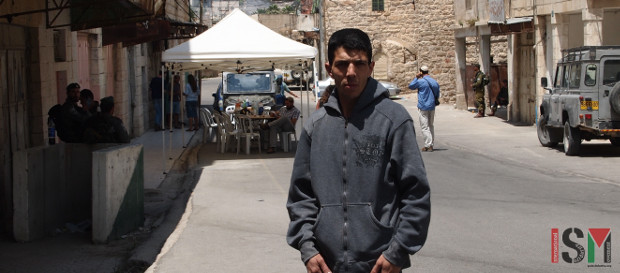Tag: Settlers
-
Settler attacking international activists in Hebron
1st September | International Solidarity Movement, al-Khalil Team | Hebron, occupied Palestine Yesterday in al-Khalil (Hebron) in occupied Palestine, a female settler harassed and attacked international activists who were monitoring a checkpoint during school-time. In the morning volunteers were standing close to Qurtuba school, monitoring children on their way to school. This school is particularly prone…
-
Continual harrassment, threatening and intimidation of Palestinian family by settlers in Hebron
25th August 2015 | International Solidarity Movement, al-Khalil Team | Hebron, Occupied Palestine The Palestinian Abu Rajab family in the occupied West Bank city of al-Khalil (Hebron) is facing continual intimidation by groups of settlers and Israeli forces protecting these settlers in their attempts to take over the Abu Rajab family home. In the last…
-
Settlers under the protection of Israeli forces prevent Palestinian shops from opening
24th June 2015 | International Solidarity Movement, Al Khalil Team | Al Khalil, Occupied Palestine Around 8:30 this morning on Shuhada street in Hebron, Israeli settlers, soldiers, and border police arrived and put up a breakfast tent right outside of two shops owned by a Palestinian man. The settlers remained in front of his shops…



